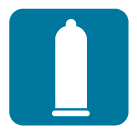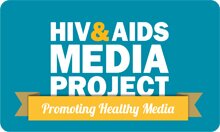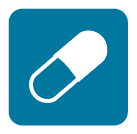Prevention
 Condoms & lubricants
Condoms & lubricants
Learn about the best and most effective method of HIV prevention. This section reviews male and female condoms, lists some condom dos and don'ts and outlines why lubricant can be a vital part of HIV prevention when used in conjunction with condoms.
Post-exposure prophylaxis (PEP)
Post-exposure prophylaxis (PEP) is a way to prevent HIV which is administered after potential exposure. This page explains what PEP treatment involves and who has access to free PEP in SA.
Pre-exposure prophylaxis (PrEP)
Read about different forms of pre-exposure prophylaxis such as microbicides and ARVs. This section also reviews some of the most recent PrEP research.

Behaviour change & education
Safe sex and HIV prevention is not only about giving people condoms and ARVs. There is growing recognition that even though people may have medical interventions such as Antiretroviral treatment (ART) available to them, this does not guarantee that they will use them correctly, or at all. In this section we outline some South African HIV education campaigns.
 Male Circumcision
Male Circumcision
Find out why medical male circumcision (MMC) provides some protection from HIV and how this fact was established through research. Also read about the differences between MMC and traditional male circumcision (TMC), which is part of initiation ceremonies in many parts of Africa.

Prevention of mother-to-child transmission (PMTCT)
It is now a well established fact that PMTCT can virtually eliminate mother-to-child transmission of HIV if correctly implemented. The PMTCT page has information on the government's current PMTCT programme; outlining the phases within the overall PMTCT process and detailing the steps taken to avoid infants contracting HIV.







